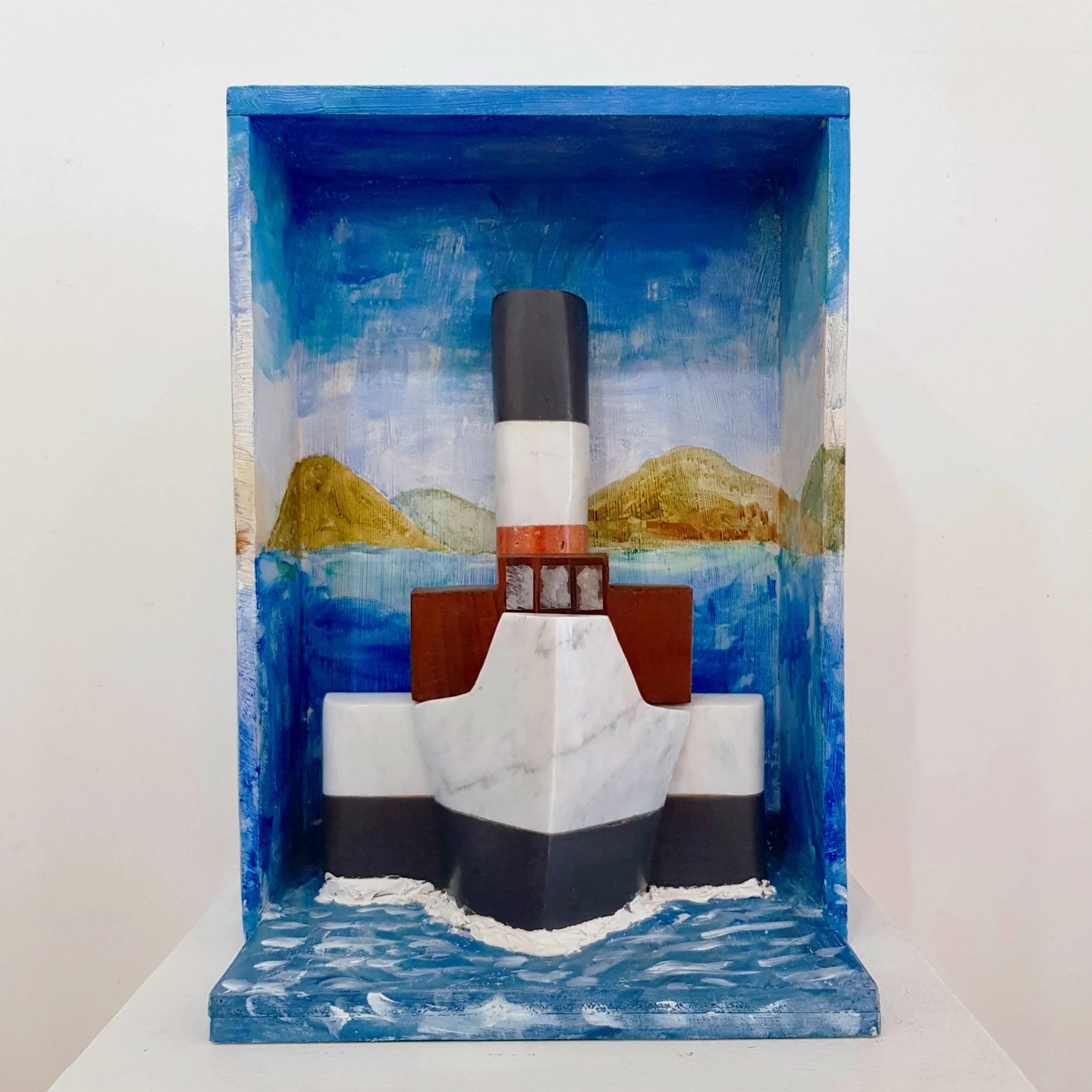What Makes a Truly Great Stand?
23 July 2020
Exhibitors reveal what goes into the creation of a charming and enticing space.
Jan-Peter Westad
A freelance journalist and researcher, Jan-Peter is based in London.
What makes a truly great stand? Solving that problem as an exhibitor can be the difference between opening the champagne or leaving by the back door at the end of a fair. It’s by no means an exact science. Any fair worth visiting will have stands that capture the cool elegance of a national gallery alongside busier offerings that overwhelm the senses like the stalls of Istanbul’s Grand Bazaar. The art of the perfect stand, I’m told, is to create the atmosphere that best illuminates the pieces on show. It’s an art that exhibitors take seriously, but also one to be enjoyed.
'The set-up is definitely my favourite part of the show', says Peter Cowley, director of Garret & Hurst, which specialises in antique bronze and marble sculpture from the 19th century. Many of the sculptures were first presented at Paris’ famous Salon, the exhibition of the Académie des Beaux-Arts, which the poet, Charles Baudelaire, famously called 'the pageant of fashionable life and the thousands of floating existences'. I ask Peter if his own stands are influenced by the chaotic halls where they were originally shown. 'In fact, no'. he informs me. 'For one thing, many of the sculptures were first exhibited in plaster and only cast afterwards. And the key to showing sculpture is space and light'.
In crowded exhibition halls, space isn’t always easy to come by. Sculptures have to be viewed from a 360-degree angle. And due to the reflective quality of bronze, lighting provides a challenge. 'It’s like a puzzle', says Peter, and one that can often only be worked out in the exhibition space. 'We’ve done the research before. Waxed and cleaned. Organised our themes. But it’s when you’re setting up that you really get to know an artwork. Often at that point we don’t stick to our plans. It’s very intuitive'.
There is no one way to exhibit. For Max and Louise Andrews of Ottocento, the process is impressively meticulous. Location in the hall, square meterage and wall space are all carefully measured before selecting which works to present. Almost every variable is pored over. Max is full of tips: place your best works on the outside to draw in viewers; a black or grey baize works best; and extra walling can bring the artworks closer to the audience. 'It’s an investment', says Max, matter of factly. 'There is an equation to be solved and a very delicate balance to be struck'.
One from a unique pair of gilded and painted leather screens, the earlier gilded and embossed leather screen painted in the late 19th century with parrots amongst foliage. Each depicted in strong colours and with great character. One from a pair of finely cast bronze lamps in the neoclassical taste.
Careful preparation is important. Max and Louise even create dioramas at their home in Sussex and experiment with printouts. Given that Ottocento sell paintings from a wide range of periods, and include works from well-known and diverse artists such as Walter Sickert, Ingres and Ben Nicholson, finding the right combination can take time. As Max sees it: 'You can’t always put everything on the same wall as they can clash. Modern abstracts don’t necessarily sit well with Barbizon landscapes'. But at the other end of the spectrum, uniformity can be dull. Max tells me that separating by period and the use of wall labels can reminiscent of a museum. To combat dull aesthetics, Ottocento often used innovation structures. ‘We installed arches in one of our last shows. These are important works of art and we want to show that'. For Max and Louise, who don’t have a physical shop, fairs provide the best opportunity to bring their works out into the open. 'The stands are really important to showcase what we do. We always want to maximise the space without it being overkill'.
It could be argued furniture dealers have it hardest. Not only are they often mixing periods, but also markedly different objects. Creating an overall harmony can be tricky. At the same time, if things are too even, it can feel like being in a stranger’s living room. 'I draw scale diagrams and lose sleep over it', says Justin Evershed-Martin. 'There has to be visual cohesion that stops often quite disparate pieces looking as if they’ve been thrown together'. Speaking with Justin, you can tell there’s a deep satisfaction in bringing beautiful objects into dialogue with one another. 'You can benefit from the quality of cabinet making and the patina of an old piece, but leave people a little intrigued as to exactly what it is they are looking at. I have always loved screens and think they are greatly undervalued in terms of the decoration they offer. Neoclassicism always works together, whether 18th or early-20th century’.
Justin admits he errs towards a conservative presentation, in part to help the viewer: 'When the purchaser takes something home they inevitably re-evaluate the piece once they see it in a different context. Were it not to stand up to scrutiny, it would soon be back'. While there is inevitable competition between, Justin tells me that for exhibitors part of the fun of shows is admiring each other's stands. It is clear that many of them are great works of art in their own right.






